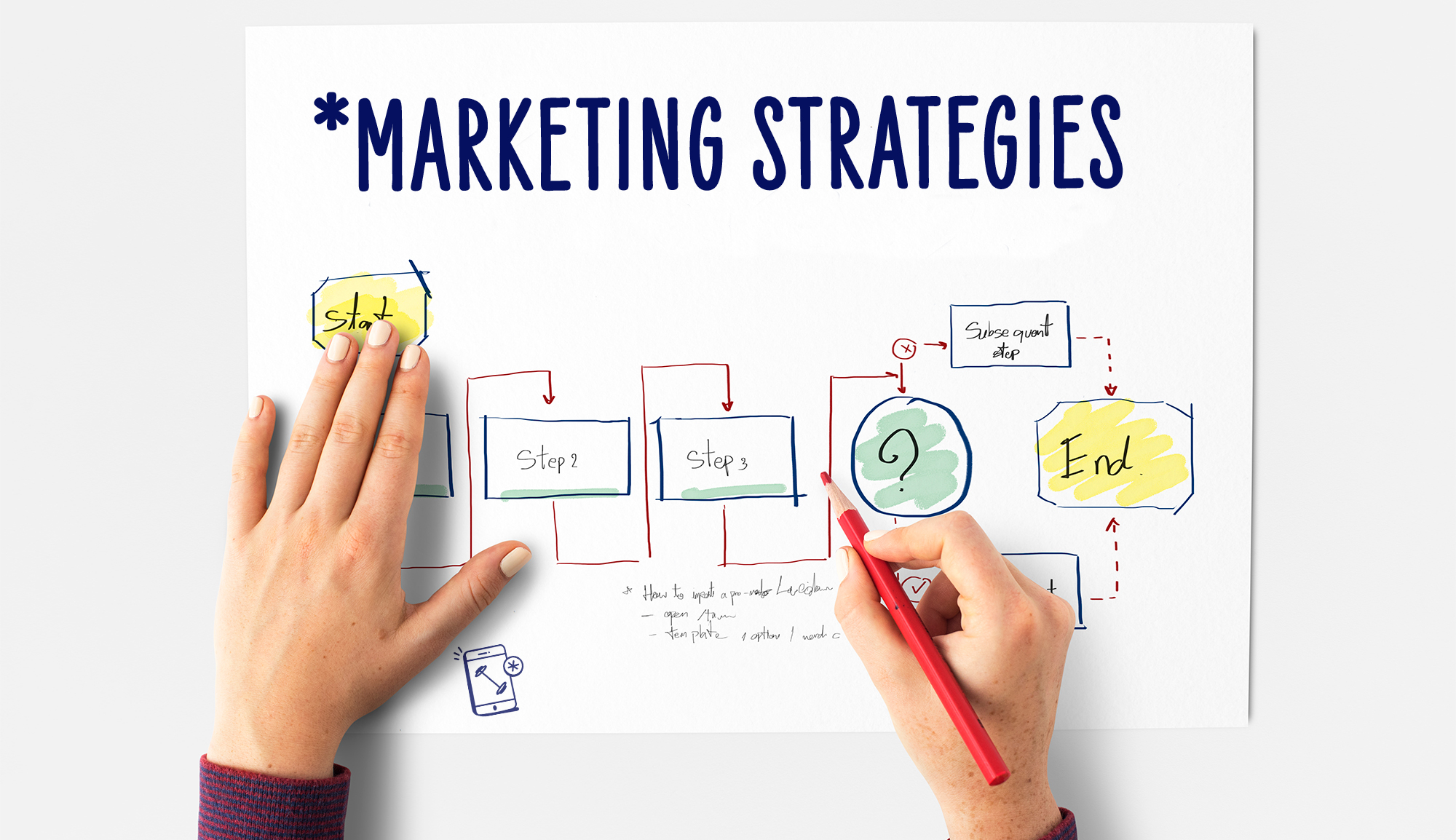Make Your Marketing Personal
Gone are the days when you could make one advertising campaign and call it a day. Now more than ever, you need to make sure your campaigns speak to each of your target audiences. That means campaigns need to:
meet your audience where they are—Instagram vs TikTok anyone,
use the language they use, and
know your audiences’ likes and dislikes.
If a member only checks in for yoga classes or reserves a swim lane, don’t send them a marketing email about your new weightlifting equipment.
Right before the 2021 holiday shopping season, the advertising platform Outbrain shared their findings from a survey of more than 8,000 consumers from across the United States, United Kingdom, Australia, Germany, France, Italy, Spain, and Israel.
When they asked participants what makes them engage with an advertisement, they found that in nearly every country, consumers responded more favorably to—and engaged more with—content that aligned with their personal interests and was trustworthy.
They also found that 54% of global consumers—and 63% of U.S. consumers—consider brand accessibility the most important factor when considering a purchase.
How do you make your brand accessible?
It all comes down to being reachable and responsive. If you don’t have someone posting—or at least checking—on your Twitter account on a regular basis, then don’t include it on your website. Better yet, delete it, and avoid the possibility of a potential member trying to contact you and being left with a bad impression when they never hear back.
Making your brand accessible can mean more than just being responsive on social media; it can mean making simple adjustments like adding alt text to your images and captions to all your videos. This has the added benefit of making your campaigns more inclusive while also increasing your campaigns' attractiveness to search engines.
One more way you can make your marketing campaigns personal—this is a big one—ditch the stock images of young, fit people, and instead, opt for using “real” images of your club and your members. Not only will it help build and foster relationships with your current members, but it will help potential members see themselves in your gym or studio.
Your audience should be able to relate to the campaigns you put out.

